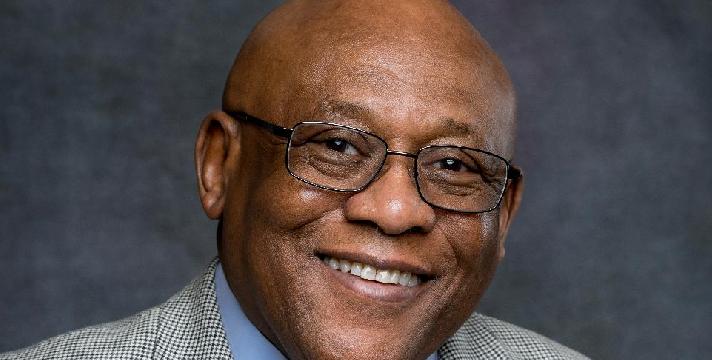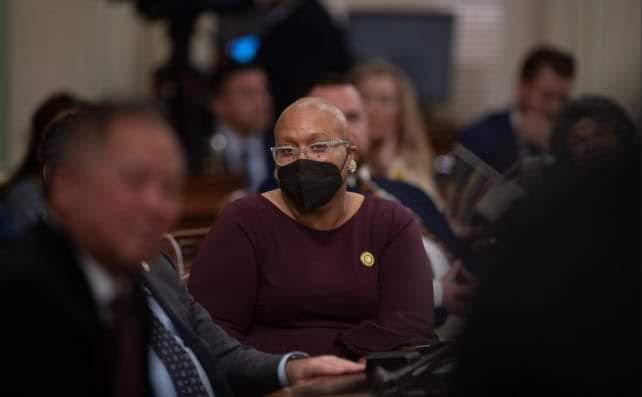*Dwayne Ashely, CEO of Bridge Philanthropic Consulting (pictured above), shares the Giving USA Annual Report on Philanthropy for the year 2022, states “When inflation rises, and economic conditions become challenging, it is often reflected in declines in annual giving like those we saw in 2022. Nonprofit organizations will feel the effects of a slowdown in charitable giving, but we know the recessionary impact on nonprofits serving communities of color will be even greater than other nonprofits in the sector.
“Our work with these organizations has shown us that they are resilient and especially skillful at finding new ways to meet the needs of people in communities of color until charitable giving rebounds,” Ashley added.
WHAT TO KNOW
- Key findings from Giving USA 2023: The Annual Report on Philanthropy for the Year 2022 released today report that individuals, bequests, foundations, and corporations gave an estimated $499.33 billion to U.S. charities in 2022.
- Total giving decreased in 2022, a relatively rare occurrence usually seen during years with difficult or unusual economic conditions. Giving was influenced by stock market volatility and economic uncertainty. Total giving declined 3.4% in current dollars – down 10.5% after adjusting for inflation – from a revised total of $516.65 billion in 2021.
- The 2022 results follow the two best years on record for charitable giving, including 2021, when giving surpassed $500 billion for the first time.
WHY THIS MATTERS
• Total charitable giving has fallen only three other times in the last 40 years in current dollars: in 1987, 2008, and 2009.
- Giving had been especially strong in 2020, and 2021 as donors rallied to help address increasing needs amid a global pandemic and economic crisis and recovery and supported efforts to advance racial justice.
- Decreases in giving can affect the ability of nonprofit organizations to meet needs and fulfill their missions.
“Drops in the stock market and high inflation caused many households to make tough decisions about their charitable giving for the year,” said Josh Birkholz, Chair of Giving USA Foundation and CEO of BWF. “But despite uncertain economic times, Americans demonstrated how essential they view the nonprofit sector and its ability to solve big problems—by still giving nearly half a trillion dollars in 2022.”
“Declines in giving like those we saw in 2022 have a tangible impact on nonprofit organizations, especially those that rely on charitable dollars to support their daily work. Nonprofits and donors alike experienced the steady, negative impacts of inflation, such as the growing cost of goods and high-interest rates throughout 2022, and many of those challenges remain,” said Amir Pasic, Ph.D., the Eugene R. Tempel Dean of the Lilly Family School of Philanthropy. “However, Giving USA’s historical data also provide a case for hope: we have seen charitable giving rebound from each decline.”
DIVING DEEPER
Giving in 2022 occurred amid tough economic conditions – especially for giving by individuals. Challenging economic conditions included:
- A 19.4% drop in the S&P 500 (-25.4% adjusted for inflation), the first double-digit decrease since the Great Recession in 2008, creating economic uncertainty for high-net-worth households and foundations which are likely to be invested in the stock market
- Flat growth in disposable personal income (-0.1% in current dollars or -7.5% adjusted for inflation)
- 40-year-high inflation rate of 8.0%
- The S&P 500 experienced steep declines toward the end of the year when a large share of charitable giving takes place
“Despite the downturn in financial markets in 2022, there were some bright spots in the economy thanks to a strong labor market and 9 percent growth in GDP,” said Una Osili, Ph.D., Associate Dean for Research and International Programs at the Lilly Family School of Philanthropy. “The economic picture that emerges suggests that many households were stable—we did not see job losses or an increase in unemployment the way we did in the Great Recession. However, households tend to give when they are financially and economically secure – and the inflationary pressures meant that fewer households had extra to give. In addition, donors may not have been as compelled to respond to immediate needs as they had been during the early days of the COVID-19 pandemic or during the Great Recession.”
There was growth in three of the four sources of giving in 2022 in current dollars, but all four sources declined when adjusted for inflation. Giving by foundations and corporations posted positive two-year growth, even when adjusting for inflation.
For the second year in a row, very large gifts by some of the wealthiest Americans represented nearly 5% of individual giving. Mega-giving from six individuals and couples totaled $13.96 billion.
Measured in current dollars, giving grew in five of the nine categories of nonprofits that receive charitable contributions, although this growth largely did not keep pace with the 8% inflation rate. In inflation-adjusted terms, seven of these nine subsectors experienced a decline. Giving to foundations and giving to international affairs both grew in inflation-adjusted terms, at 1.9% and 2.7%, respectively.
“Households were heavily impacted by economic uncertainty, the threat of recession, inflation, and changes in the stock market – and in turn, individual giving took the biggest hit of all in 2022. While in 2020 and 2021, giving was buoyed by stock market performance, in 2022, it appears individual donors were impacted by changing economic conditions,” said Wendy McGrady, Secretary/Treasurer of Giving USA Foundation and Executive Vice President and COO of The Curtis Group. “Additionally, individual giving has been declining as a share of total giving for several years. It dropped to 70% of total giving in 2018, which was considered low, and has steadily decreased since then, falling further in 2022 to 64%.
source: ESP Public Relations





Recent Comments